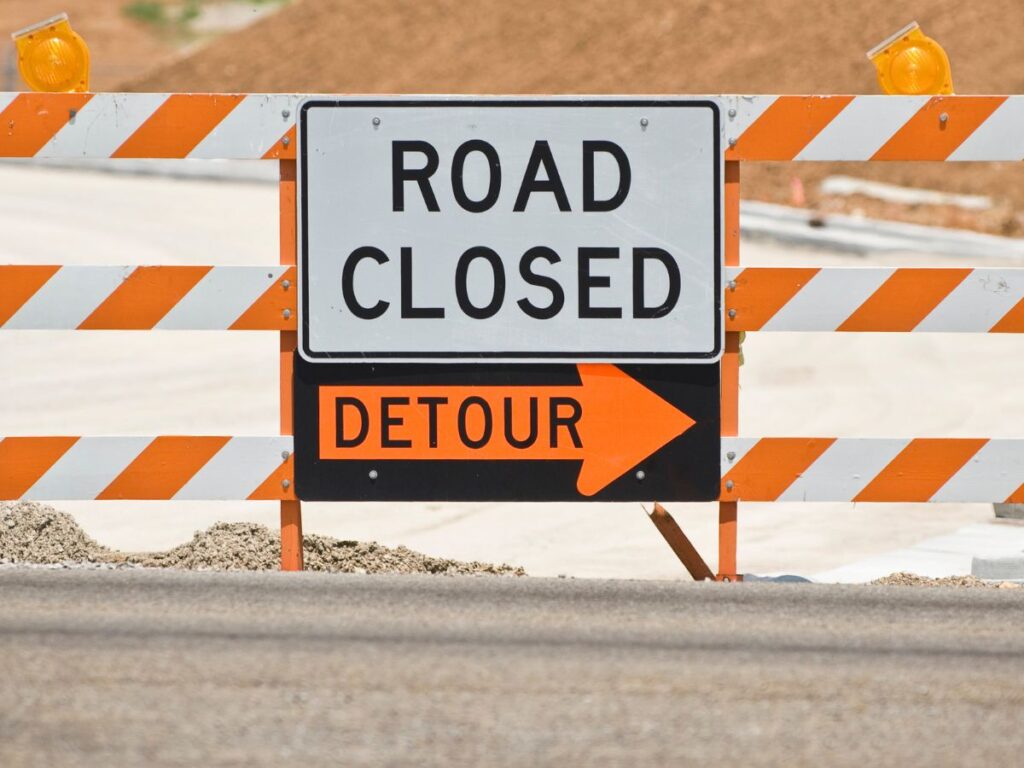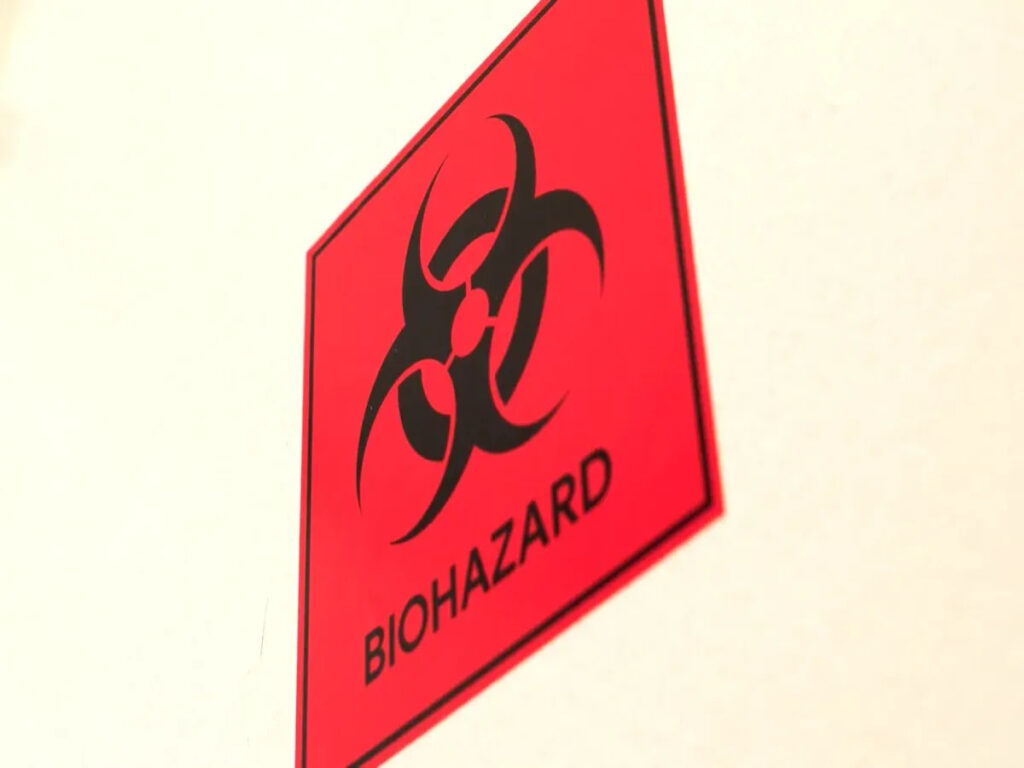
あなたはあなたを維持するのを助けます オーストラリアでは職場の安全. GHSハザードシンボルにより、危険な化学物質を速く発見できます. これらのシンボルは明確な警告を示し、良い安全習慣に役立ちます. オーストラリアで, 厳格なルールに従い、人々を安全に保つためにGHSシンボルを表示する必要があります. GHSシンボルは、ハザード情報を簡単に理解できるようにします. これらのシンボルを使用して安全性を向上させ、オーストラリアの法律に従うことができます.
Optrafficは、さまざまなGHS準拠を提供します 安全標識 これにより、職場が安全で法的に準拠したままになります. 私たちのはっきりしています, 耐久性のある兆候は、ハザードの認識を改善し、リスクを減らすのに役立ちます. あなたのチームが情報を提供し、あなたのサイトを安全に保つために、今日の選択を探索してください.
キーテイクアウト
- GHSハザードシンボルを使用して、化学物質の危険を速く見つけ、職場を安全に保つ.
- 化学物質のラベル付けについては、オーストラリアのルールに従ってください. 適切なシンボルを使用します, 信号単語, 明確な安全声明.
- 容器の目のレベルにハザード記号を置きます, ストレージスポット, と輸送. これは、誰もが簡単に見るのに役立ちます.
- 強く選んでください, 厳しい職場の状況で続くタフなラベルの素材. これにより、情報が読みやすくなります.
- GHSシンボルと安全規則で頻繁にすべての労働者を訓練する. これは事故を止めるのに役立ち、あなたがルールに従っています.
GHSハザードシンボルとその重要性
職場の安全性における役割
あなたはあなたの職場を毎日安全に保つのを助けます. GHSハザードシンボル 危険を速く見つけましょう. これらのシンボルは、化学物質や危険物からのリスクを示しています. オーストラリアで, GHSハザード記号を使用して法律に従う必要があります. これにより、すべての人が危険な化学物質から安全になります. 世界的に調和したシステムは、多くの国で同じシンボルを使用しています. これはあなたとあなたのチームが危険を理解するのに役立ちます, 他の場所の人々でさえ.
ハザードピクトグラムが表示されたとき, あなたは危険を知っています. 例えば, 炎のシンボルは、何かが火をつけることができることを意味します. 頭蓋骨とクロスボーンは、有毒化学物質について警告しています. これらのシンボルは、個人用保護具を着用することを思い出させます. また、化学的安全規則に従うのに役立ちます. オーストラリアの安全調査では、明確なハザードシンボルが低い事故のリスクがあると言います. シンボルを読んで素早く行動することで怪我を止めることができます.
ヒント: ハザードシンボルを目のレベルに置き、見やすいままにしてください. これは、誰もが化学物質の危険に気付くのに役立ちます.
化学ハザード通信
GHSハザードシンボル 化学的危険性について簡単に話すことができます. すべての化学物質に同じハザードピクトグラムが表示されます, どこから来ても. これにより、危険な化学物質の危険性を迅速に見つけることができます. GHSは、すべての大きな危険に9つのメインピクトグラムを使用します. 各ピクトグラムは異なるリスクを示します, 健康や環境の危険のように.
| GHSハザードシンボル | 視覚的な説明 | 表明された特定の危険 | 化学物質の例 / ハザードクラス |
|---|---|---|---|
| 健康ハザード | スターバーストを備えた人間の胴体のシルエット | 深刻な健康問題: 発がん物質, 呼吸器の問題, 臓器毒性 | 発がん物質, 変異原, 呼吸器ライツ剤 |
| 炎 | 炎のシンボル | 可燃性物質, 自己反応性化学物質, 有機過酸化物 | アルコール, ガソリン, アセトン |
| 感嘆符 | 感嘆符マークシンボル | 刺激物, 皮膚感作, あまり深刻な健康への影響 | 皮膚の刺激を引き起こす酸, アレルゲン |
| ガスシリンダー | シリンダー型のシンボル | 圧力下のガス, 加熱した場合、爆発する可能性があります | 圧縮酸素, 二酸化炭素 |
| 腐食 | 表面と手に液体を注ぐテストチューブ | 皮膚に損傷を与える腐食性材料, 目, 金属 | 硫酸, 塩酸 |
| 爆弾の爆発 | 爆発するオブジェクトシンボル | 爆発性化学物質, 迅速な分解 | 花火, 特定の過酸化物 |
| 円の上の炎 | 円形のオブジェクト上の炎 | 火を強化したり、燃焼を引き起こす酸化剤 | 過酸化水素, 硝酸カリウム |
| 頭蓋骨とクロスボーン | 頭蓋骨とクロスボーンのシンボル | 深刻な害または死を引き起こす急性毒性 | シアン化物, 農薬 |
| 環境 | 木と死んだ魚 | 水生環境への危険 | 重金属, 特定の溶媒 |
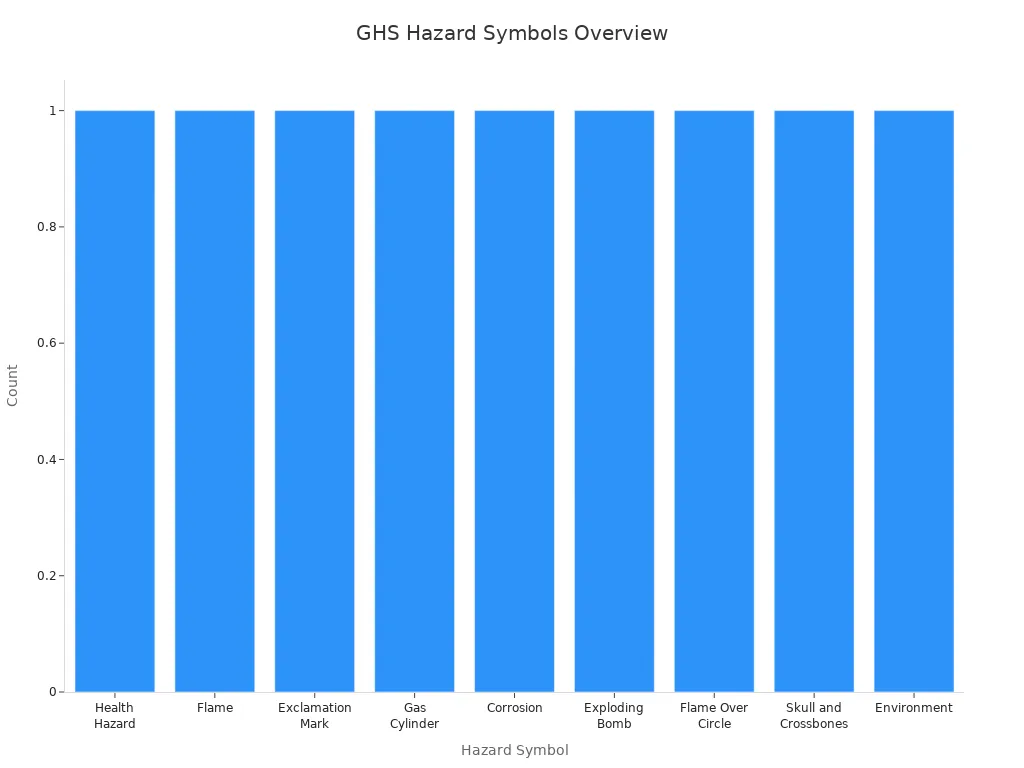
これらのハザードシンボルを使用して、危険な化学物質に関する情報を共有します. 研究は、労働者が絵文字を最もよく覚えていることを示しています. あなたがあなたのチームにGHSの絵文字を見つけるように教えるとき, 化学物質の安全性を向上させます. これにより、事故の可能性が低下します. 世界的に調和したシステムは、化学物質の安全に関するオーストラリアと世界のルールに従うのに役立ちます.
GHSハザードシンボルのラベル付け
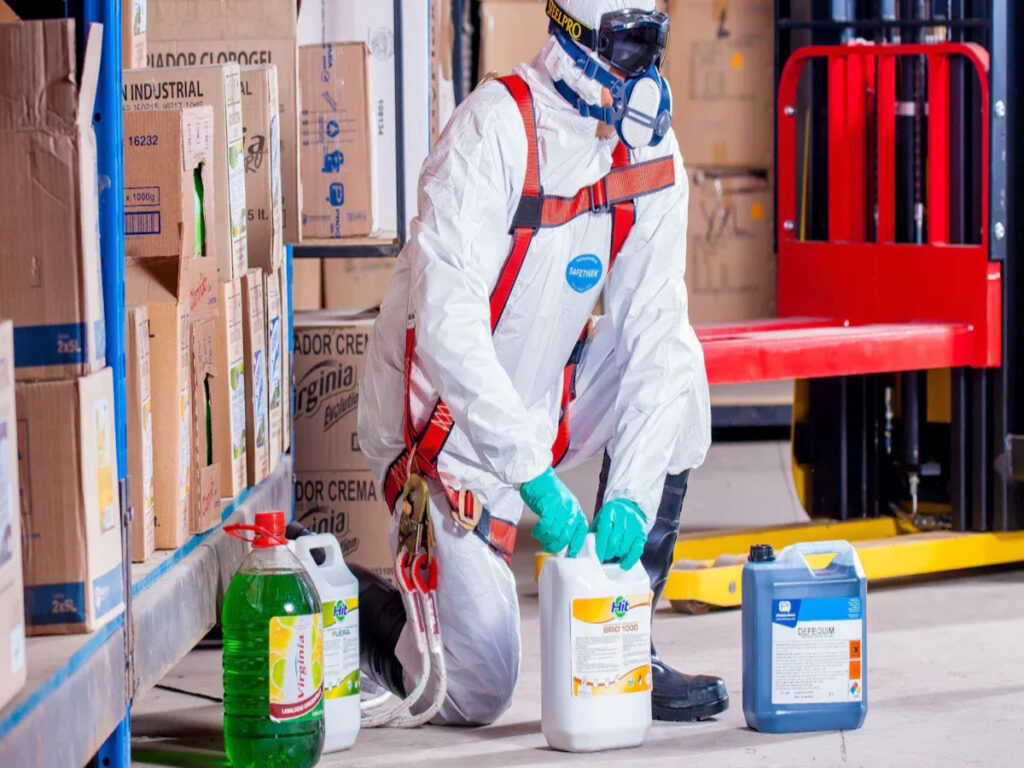
職場で化学物質を使用するとき, 厳格なラベル付け規則に従う必要があります. GHSラベルはあなたが危険を速く見つけ、誰もが安全に保つのに役立ちます. 優れた化学ラベルを作成する明確なプロセスがあります. セーフワークオーストラリアと第7版GHSルールは、各ステップを示しています.
ハザード分類
初め, 各化学物質を並べ替える必要があります. これは、それがどんな危険であるかを知るのに役立ちます. セーフワークオーストラリア このために国連GHSシステムを使用します. 確認できます 危険な化学情報システム (HIC) あなたの化学物質がどのように分類されているかを知るためにオンライン.
- GHS分類を使用して、化学物質が危険かどうかを確認してください.
- いくつかの化学物質, 感染性物質や放射性源のように, これらのルールは必要ありません.
- GHSラベルと安全データシートを作成する必要があります (SDS) すべての危険な化学物質のため.
- セーフワークオーストラリアの最新ガイドとコードを常に使用してください.
この手順をスキップする場合, あなたは重要な危険を見逃すかもしれません. また、ルールに従わないことでトラブルに巻き込まれる可能性があります.
注記: 最新のハザード分類の更新については、常にSafe Work Australia Webサイトをご覧ください.
GHSシンボルの選択
化学物質を並べ替えた後, あなた 適切なハザードシンボルを選択します. 各シンボルは、特定の危険を表します. GHSピクトグラムを選択するためのルールに従う必要があります:
- 化学物質に適合するすべてのハザードシンボルを使用します.
- 化学物質に複数の危険がある場合, すべての適切なシンボルを使用します.
- 頭蓋骨とクロスボーンのシンボルが必要な場合は、感嘆符の記号を使用しないでください.
- 常に正しい信号単語を使用してください. 「危険」を使用します’ 大きな危険と「警告’ 小さなもののために.
- あなたのハザードの絵文字が赤い境界線のあるポイントの正方形であることを確認してください.
- GHSラベルがハザードクラスとカテゴリに一致することを確認してください.
新しいハザード情報を取得する場合は、化学ラベルを変更する必要があります. これにより、職場が安全になり、ルールに従います.
ラベル要素
GHSラベルにはいくつかの重要な部分が必要です. オーストラリアの第7版GHSルールは、あなたが含める必要があると言っています:
- ハザードのタイプを示すハザードピクトグラム.
- 「危険’ または「警告’ 危険がどれほど深刻かを示すため.
- リスクを伝えるハザードステートメント, のように “重度の皮膚の火傷を引き起こします”.
- 化学物質または混合物の名前を示す製品識別子.
- サプライヤーの識別, それは名前を意味します, 住所, メーカーまたはインポーターの電話番号.
また、予防的な声明を追加する必要があります. これらは、化学物質を安全に使用する方法を労働者に伝えます. 例えば, あなたは書くかもしれません “保護手袋を着用してください” または “熱から遠ざけてください”.
セーフワークオーストラリアには、ラベルのサイズとテキストサイズのルールがあります. サイズはコンテナに依存します:
| コンテナ容量 | 最小ハザードピクトグラムサイズ | 最小テキストサイズ |
|---|---|---|
| まで 500 ml | 15 × 15 mm | 2.5 mm |
| >500 ml to 5 l | 20 × 20 mm | 3 mm |
| >5 l to 25 l | 50 × 50 mm | 5 mm |
| 25 l以上 | 100 × 100 mm | 7 mm |
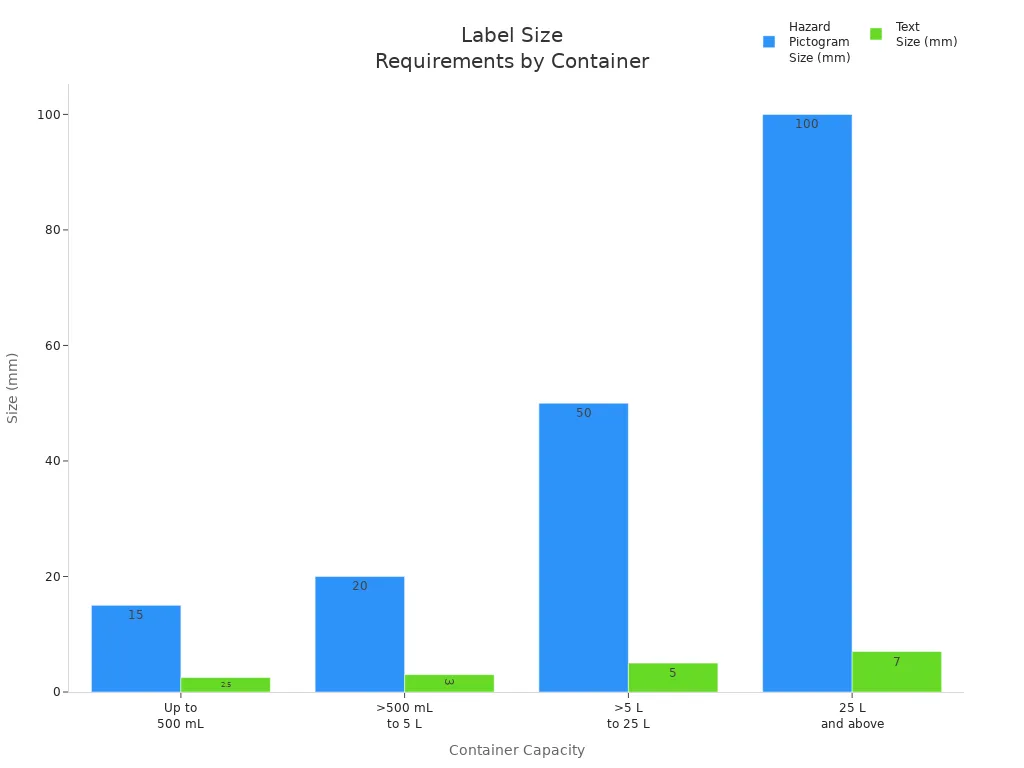
小さな容器用, 少なくとも製品名を入れる必要があります, オーストラリアの連絡先の詳細, ハザードの絵文字または声明. 詳細については、常に安全データシートを確認してください.
ヒント: 化学ラベルを読みやすくします. 大きな文字と簡単な言葉を使用してください.
材料と耐久性
危険な化学物質には強力なラベルが必要です. オーストラリアの職場は非常に厳しい場所になる可能性があります. あなたのラベルは明確で立ち往生している必要があります, 硬い状態でも.
- ビニールのようなタフなプラスチックを使用してください, ポリエチレン, ポリプロピレン, またはあなたのラベルのポリエステル.
- 油性または粗い表面に付着する接着剤を選びます. 溶媒ベースとゴムのハイブリダイズされたアクリル接着剤はうまく機能します.
- ラベルが水を処理できることを確認してください, 化学物質, 油, 日光, そして傷.
- 暑さと寒い気候まで続く素材を使用します.
- 工場向け, 特別な光沢のあるトップレイヤーを備えたラベルを使用して、余分な強さ.
弱い材料を使用する場合, あなたのラベルは持続しないかもしれません. これにより、物事が安全ではなく、法的なトラブルを引き起こす可能性があります. 常にGHSラベルに最適な素材を選択してください.
注記: 強力な化学ラベルはあなたの労働者を安全に保ち、あなたがルールに従うのを助けます.
良いGHSラベルを作成するには、これらすべての手順を実行する必要があります. これにより、職場が安全になり、オーストラリアの危険な化学物質のすべてのルールに従うことを確認します. ルールに従わない場合, 罰金を科せられる可能性があります, 直面する法的措置, またはビジネス上の問題があります.
ハザードシンボルの表示と配置
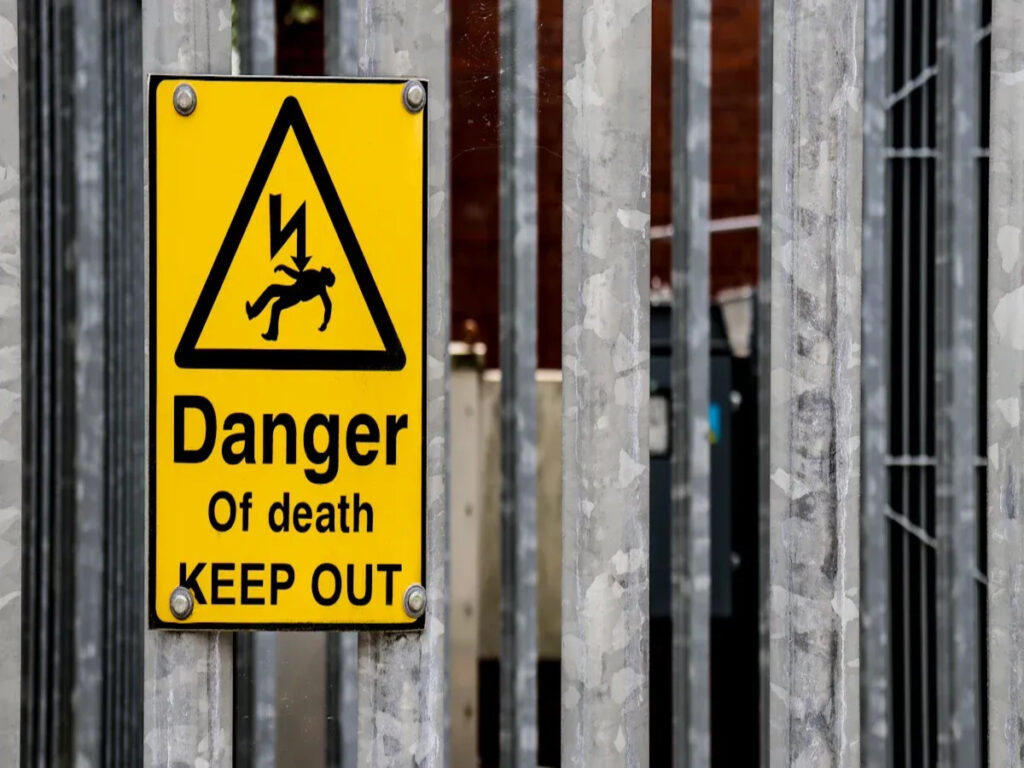
ストレージと作業エリア
化学物質が保管または使用される場所にハザードシンボルを置く必要があります. これらの記号をコンテナに配置します, 棚, 危険物を備えた部屋へのドア. シンボルを常に目の高さに保ち、人々が簡単に見ることができるように. 外に大量の化学物質がある場合, 建物やフェンスにハザードシンボルを置きます. これは、労働者と訪問者が入る前に危険に気付くのに役立ちます. シンボルをカバーするものはないことを確認してください, 機器や箱のように. あなたは危険を見つけやすくすることによって、すべての人を安全に保つのに役立ちます.
輸送と一時的な保管
職場で化学物質を動かすとき, すべてのコンテナとカートにハザードシンボルを表示する必要があります. 容器を動かす容器の両側にシンボルを置いて、人々がどんな側からもそれらを見ることができるようにします. 一時的なストレージを使用する場合, シンボルをストレージ場所の外側に置く. これは、内部の危険物について人々に伝えます. シンボルが移動中に留まり、外れないことを常に確認してください. ハザード情報を明確にすることで、チームを安全に保ちます, 化学物質が移動した場合でも.
可視性を確保します
オーストラリアのWHSルール ハザードシンボルは少なくとも簡単に確認できる必要があるとします 10 数メートル離れています, 暗くて雨が降っていても. 大きく使用します, 明るい色のクリアシンボル. 明るい光のある場所にそれらを置き、あまり多くをまとめないでください. 多くのシンボルを近くに置くと, 人々はいくつかの警告を逃すかもしれません. 各ハザードが明確になるように、標識の間にスペースを残します. シンボルのビューをブロックするものはないことを確認してください. 強力な素材を使用して、シンボルが長い間見やすいままにしておくために. 職場を頻繁に歩き回って、すべてのハザードシンボルがまだ明確で読みやすいことを確認してください.
ヒント: 良い照明と適切な配置は、誰もが危険を迅速に見て、化学物質や危険物の周りで安全を保つのに役立ちます.
カスタムGHSサインとコンプライアンス
業界固有の危険
ジョブが異なると、危険が異なります. 実験室で, 有毒化学物質を使用する場合があります. 倉庫には可燃性の液体がある可能性があります. 各エリアに特別な標識が必要です. カスタムGHSサインは最大のリスクを示しています, 腐食性の流出や爆発的なもののように. 詳細を追加できます, 緊急連絡先や有効期限など, あなたの兆候に. あなたの標識があなたの職場の化学物質と危険と一致することを常に確認してください.
明確さのために設計
明確な兆候は、誰もが危険を早く知るのに役立ちます. 大きく使用します, 大胆なシンボルと簡単な言葉. 人々が遠くからあなたの兆候を読むことができることを確認してください. 背景から際立っている色を選びます. 絵文字は、すぐに他の言語を話す労働者に警告します. デジタルサインでは、ハザード情報をすばやく変更できます. モバイルアプリは、チームが安全データシートをチェックするのに役立ちます (SDS) 彼らがいる場所に. これらのツールは、すべての人を安全かつ最新の状態に保つのに役立ちます.
ヒント: 人々がそれらを簡単に見ることができる標識を置いてください, 目の高さやドアの近くのように.
会議規制
オーストラリアのハザード兆候の厳格な規則に従わなければなりません. WHS法に基づく職場の危険な化学物質のラベル付けのための実践規範は、あなたに何をすべきかを教えてくれます. あなたの標識は英語で、製品名を表示する必要があります, サプライヤーの詳細, ハザードピクトグラム, 信号単語, そして、明確なハザードステートメント. また、安全アドバイスと緊急連絡先を追加する必要があります. 以下の表は、主なルールを示しています:
| 要件カテゴリ | 詳細 |
|---|---|
| 統治法 | 職場の有害化学物質のラベル付けのための実践規範 (WHS ACT) |
| ラベルコンテンツ | 製品名, サプライヤー情報, ハザードピクトグラム, ハザードステートメント, 信号単語, 予防 |
| ハザードピクトグラムのサイズ | 15 mm x 15 mm (≤500mL), 20 mm x 20 mm (500 ML -5 l) |
| 追加情報 | 有効期限, 緊急番号, SDSリファレンス |
| 規制機関 | セーフワークオーストラリア |
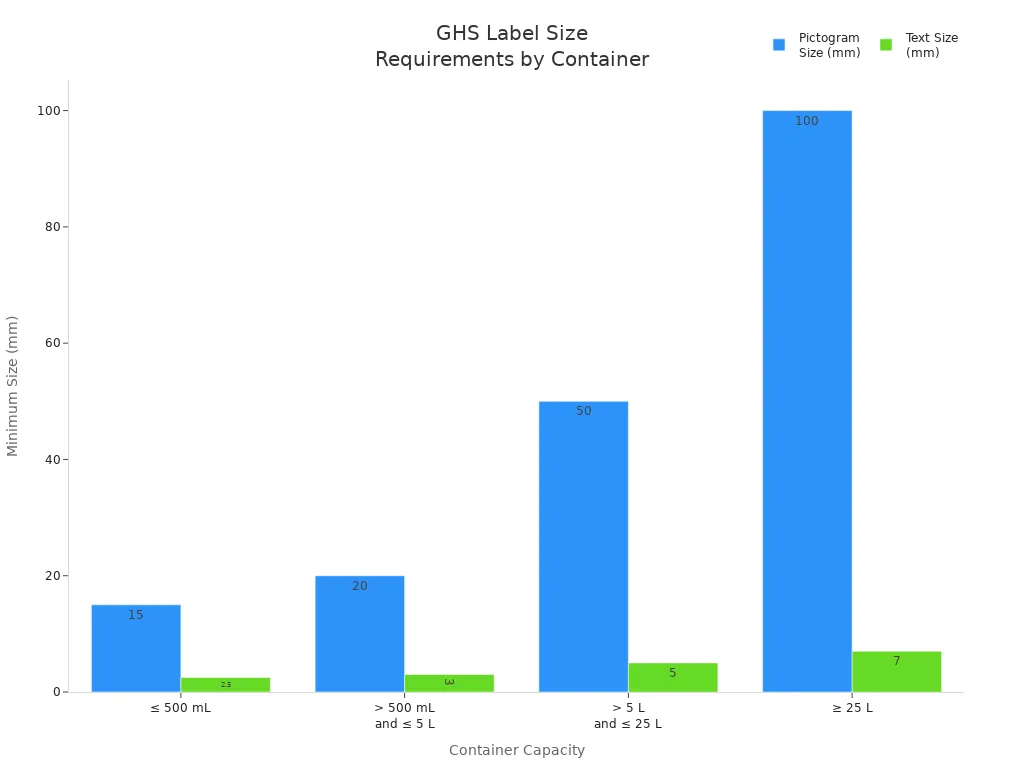
デジタルおよびインタラクティブなサインは、これらのルールに従うのに役立ちます. ハザードが変化した場合、それらを迅速に更新できます. ラベルを常に確認してください最新の安全データシートに一致してください (SDS) 化学物質ごとに. これはあなたの職場を安全に保ち、法律に従います.
トレーニングと継続的なGHSコンプライアンス
労働者の訓練
あなたは危険について学ぶことによってあなたの職場を安全に保つのを助けます. トレーニングはあなたとあなたのチームにハザードシンボルを見つけるように教えます. また、シンボルの意味も学びます. あなたは絵文字を読む方法を知る必要があります, ラベル, 安全データシート. 多くの職場では、オンラインレッスンを使用しています, 短いビデオ, そして楽しいアクティビティ. これらは、ハザードシンボルに関する学習をシンプルで興味深いものにします. 一部のコースでは、終了時に証明書が表示されます. これにより、もっと学びたいと思うことがあります. 実際のラベルとコンテナを使用した実践的なトレーニングは、何をすべきかを思い出すのに役立ちます. あなたは常に最新の安全データシートを見て、それらをどこで見つけるかを知っている必要があります.
ヒント: 多くの場合、トレーニングは新しい危険とルールについて学ぶのに役立ちます.
日常業務
毎日職場でハザードシンボルが表示されます. 彼らは安全データシート上にあります, リスト, そしてあなたの職場の兆候. これらのシンボルを使用して、化学物質を処理または保管するときに危険を見つけます. 安全データシートを読むとき, 重要な事実の横にハザードシンボルが表示されます. これらのシンボルは、化学物質を安全に使用する方法と着用するギアを教えてくれます. あなたの職場は危険な化学物質のリストを保持し、人々に警告するためにハザードシンボルで標識を置きます. リスクチェックこれらのシンボルを使用して、どの化学物質が特別なケアを必要とするかを示します.
- 安全データシートには、ハザードシンボルと安全な手順があります.
- サインとリストはあなたと訪問者が化学的危険を見るのに役立ちます.
- リスクチェックは、シンボルを使用して安全コントロールを選択します.
- 優れたストレージは、安全データシートのアドバイスに従います.
コンプライアンスチェック
ハザードシンボルが見やすく修正できることを確認するには、職場を頻繁にチェックする必要があります. 定期的なチェックは、標識が欠けている、または壊れた標識を見つけるのに役立ちます. 新しい化学物質を入手した場合、またはルールが変更された場合は、ラベルと標識を更新する必要があります. マネージャーはクイズや練習ドリルであなたの知識をテストすることができます. これらのチェックは、誰もがシンボルを知っていることを確認し、安全規則に従うようにします. トレーニングとチェックの記録を保持することは、あなたの職場が法律に従うことを示すのに役立ちます. あなたがこれらのことをするとき, あなたはあなたの職場をすべての人にとってより安全にするのを手伝います.
適切なGHSラベルを使用して職場をより安全にします. シンボルは白い背景に黒でなければなりません. 彼らは赤い境界のあるダイヤモンドの形の中にあるに違いありません. ラベルに危険や警告などの信号単語を追加する. 明確なハザードステートメントを書いて、安全アドバイスを提供します. スタッフのトレーニングは、誰もが新しいルールと安全な仕事の方法を学ぶのに役立ちます.
- カスタムGHSサインは、人々を安全に保ち、仕事を改善するのに役立ちます. また、オーストラリアのルールに従うのにも役立ちます.
- 安全チェックまたは専門家の訪問により、職場がすべてのルールに従い、安全な状態を維持することを確認してください.
よくある質問
GHSハザードシンボルは何を意味しますか?
GHSハザードシンボルは、化学物質が引き起こす危険の種類を示しています. 各シンボルは異なるリスクを表します, 火など, 毒, または皮膚の損傷. これらのシンボルを使用して、職場で安全に保つことができます.
GHSハザードシンボルをどこに配置する必要がありますか?
すべての化学容器にGHSハザード記号を入れる必要があります, 収納棚, 危険なエリアへの扉. 常に目の高さに置いてください. ビューをブロックするものはないことを確認してください. 良い配置は、誰もが警告をすぐに見るのに役立ちます.
GHSラベルとサインをどのくらいの頻度で確認する必要がありますか?
毎月ラベルとサインを確認する必要があります. ダメージを探してください, フェード, またはシンボルがありません. 新しい化学物質を入手した場合、またはルールが変更された場合に更新してください. 定期的なチェックは、職場を安全に保つのに役立ちます.
GHSシンボルについて新しい労働者を訓練する必要がありますか?
はい, GHSシンボルについてすべての新しい労働者を訓練する必要があります. トレーニングは、彼らがリスクを理解し、安全なステップに従うのに役立ちます. また、新しいハザードが表示されたとき、またはルールが変更されたときに、復習トレーニングを提供する必要があります.
GHSラベルが破損しているか欠落している場合はどうすればよいですか?
損傷したラベルまたは欠落したラベルをすぐに交換します. 強い使用, 新しいラベル用の防水材料. 新しいラベルが化学物質の安全データシートと一致することを確認してください. クイックアクションは全員を安全に保ち、法律に従うのに役立ちます.






